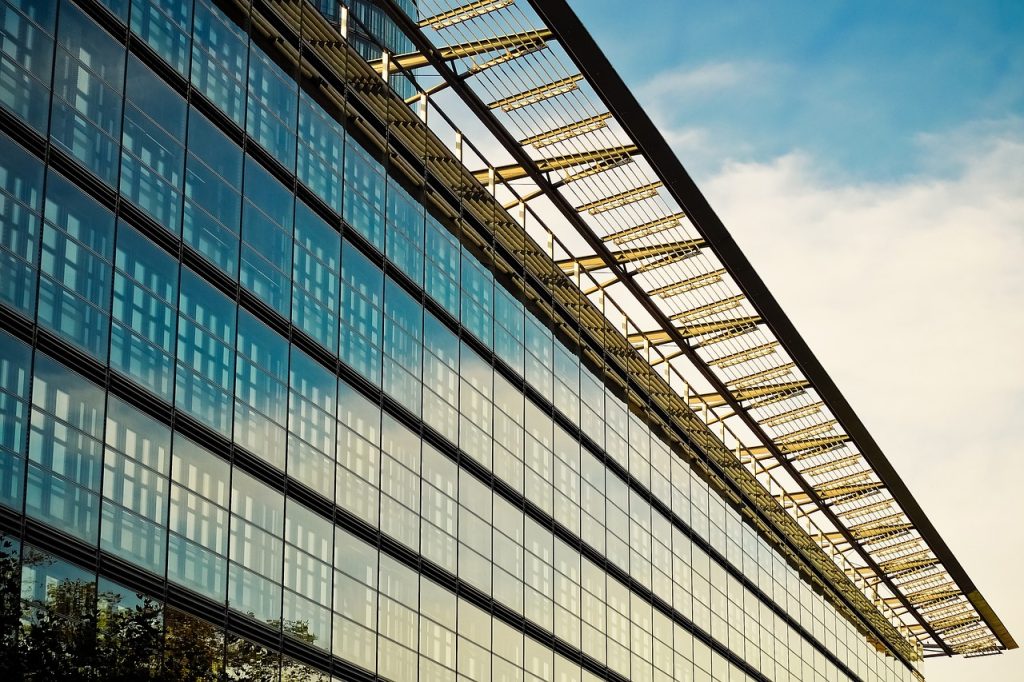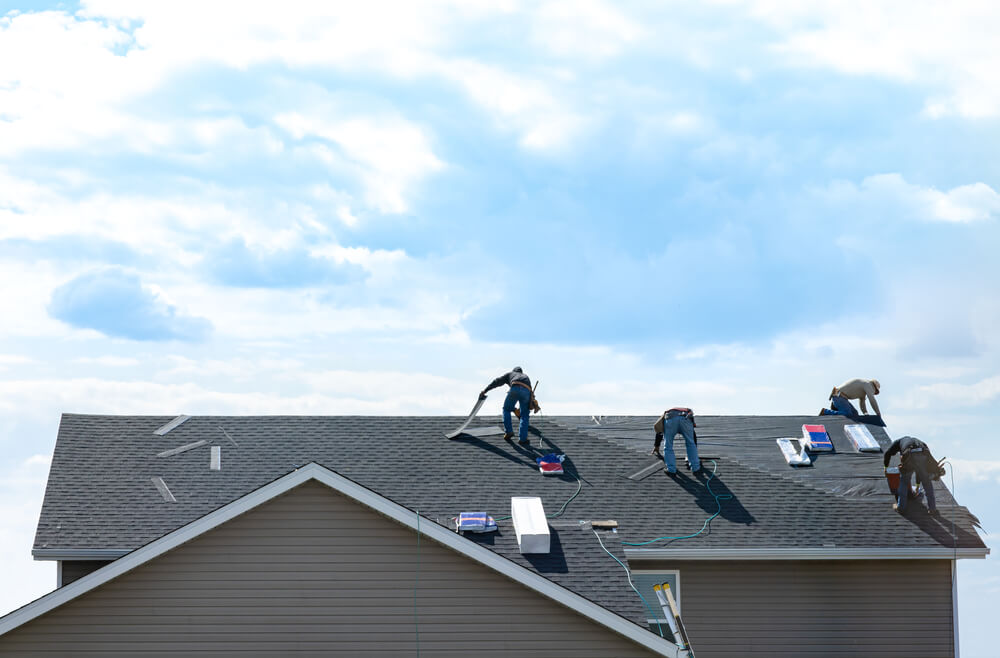Best Practices for Cleaning Your Roof
Maintaining a clean and well-maintained roof is essential for both residential and commercial property owners. Regular roof cleaning not only enhances the aesthetics of your building but also contributes to its longevity and overall functionality. However, performing this task correctly and safely requires a good understanding of best practices. In this blog post, we will explore the top tips for cleaning your roof effectively and share expert advice to ensure a successful roof cleaning experience.
1. Assess the Roof’s Condition
Before you begin the cleaning process, it’s crucial to assess the current condition of your roof. Look out for any signs of damage, such as cracked or loose tiles, missing shingles, or leaks. It’s recommended to address any necessary repairs before proceeding with the cleaning process. This will help prevent further damage and ensure the safety of those involved in the cleaning process.
2. Safety First
Roof cleaning can be a dangerous task, especially when dealing with steep slopes and slippery surfaces. Ensure you have the necessary safety equipment, such as a sturdy ladder, non-slip shoes, and a safety harness. It’s also essential to have a spotter or someone to assist you during the cleaning process. If you’re not comfortable performing the task yourself, consider hiring a professional roof cleaning service.
3. Choose the Right Cleaning Method
There are various methods available for cleaning your roof, including pressure washing, chemical cleaners, and manual brushing. Depending on the type of roof and its condition, choose a cleaning method that suits your requirements. For example, pressure washing may be suitable for concrete or metal roofs, while chemical cleaners might be more suitable for delicate materials like asphalt shingles. Research and consult with professionals to determine the best cleaning method for your specific roof type.
4. Remove Debris and Moss
Before you begin the actual cleaning process, it’s important to remove any debris and moss that may have accumulated on your roof. Use a leaf blower or a soft broom to gently sweep away any leaves, twigs, or other debris. Be careful not to damage the roof surface while performing this step. If you notice moss growth, consider using a moss killer solution to eradicate it before proceeding with the cleaning.
5. Utilize Eco-Friendly Cleaning Products
When selecting a cleaning solution for your roof, opt for eco-friendly and biodegradable products. Chemical cleaners can be harsh on the environment and may cause damage to vegetation surrounding your property. By choosing environmentally friendly options, you can minimize the negative impact on ecosystems while still achieving excellent cleaning results.
6. Follow Proper Cleaning Techniques
When using a pressure washer or chemical cleaners, it’s important to follow the manufacturer’s instructions and safety precautions. Improper use of these tools can lead to damage to your roof and even pose a risk to your personal safety. Start at the top of the roof and work your way down, ensuring even coverage and avoiding overlapping areas excessively. Rinse thoroughly with clean water once the cleaning process is complete.
7. Regular Maintenance
After completing the roof cleaning process, establish a regular maintenance routine to ensure your roof stays clean and in good condition. This may include periodic inspections, gutter cleaning, and addressing any potential issues promptly. By maintaining a proactive approach to roof maintenance, you can extend its lifespan and minimize the need for costly repairs in the future.
Conclusion
Proper roof cleaning is vital for the overall health and appearance of your property. By following these best practices, you can achieve a clean and well-maintained roof without compromising its integrity. Remember to assess your roof’s condition, prioritize safety, choose the right cleaning method, remove debris and moss, use eco-friendly products, implement proper cleaning techniques, and establish regular maintenance routines. If you’re unsure or uncomfortable performing these tasks yourself, it’s always advisable to seek professional assistance.



